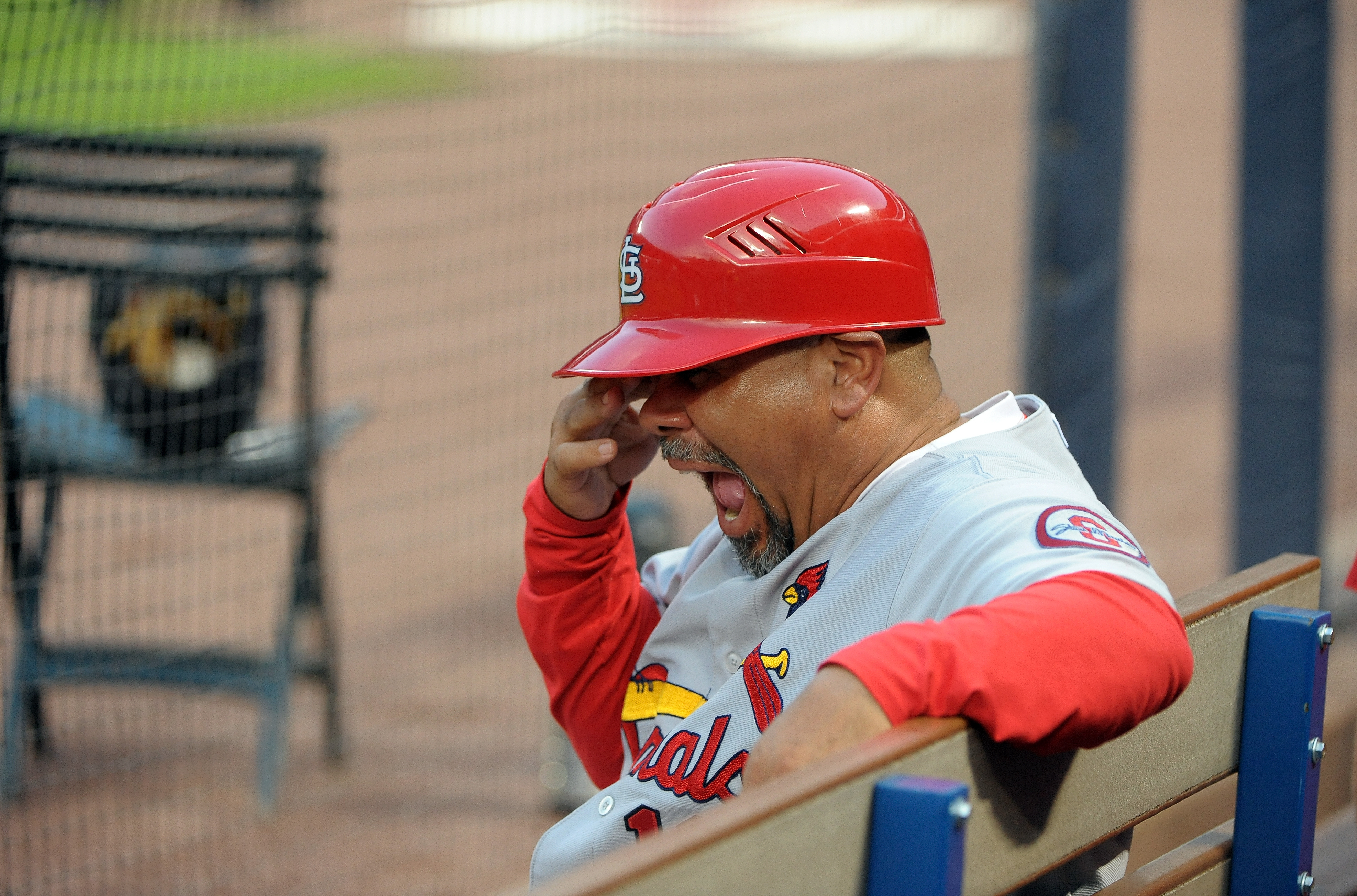
The Texas Rangers beat the Minnesota Twins 1-0 last night at Target Field. There were only a total of 14 hits between the two teams which, theoretically, should’ve been played lickety split and everyone could be heading home by 9:45 to get up for work.
But the game approached 3 1/2 hours. This is typical of baseball these days.
Sports Illustrated’s Tom Verducci writes this week that a half-inning of a game he watched took 22 minutes even though there were no hits or runs, and only three balls were put in play.
He’s not sure fans care about the issue as much as the media does, but he says the average time for a game has increased by a half hour in just 10 years, even though action has dropped significantly.
In just 10 years the time in between balls in play has increased 18 percent. What does that mean in actual dead time? You have to wait an extra 32.4 seconds today to see a ball put into play than you did only 10 years ago. Multiply that extra time by the average of 54.04 balls in play per game, and that’s how you get the added 29 minutes, 11 seconds of down time over the course of an average game.
That’s why pace of game is a bigger priority than length of game. The Dodgers-Mets game may be an extreme example, but pick any game any night and you see players dawdling without umpires or baseball officials doing a darned thing about it.
Only A Game’s Bill Littlefield writes today, however, that this is pretty much what baseball fans want.
Sure, football is more popular than baseball, but according to measures such as ticket sales, rights fees, franchise values, and salaries, the MLB is enjoying boom times. Perhaps that is because, even if we’re not aware of it, on some level we yearn for slower. Maybe our attention spans, conditioned everywhere else to get the message in micro-seconds and move on to the next explosion of dazzle and flash, are crying out for 30 seconds between pitches.
We are constantly on our electronic devices. Or at least that’s what I am told. But what if there is some small voice deep in the brain of even the most thoroughly wired-in adolescent that’s calling for precious bits of time when nothing is happening? For that adolescent, there is the batter fiddling with his gloves. There is the pitcher kicking at the rubber, picking up the rosin bag and dropping it and picking it up again and shaking off so many signs that you know he’s going to end up throwing the first pitch the catcher suggested. There is baseball, lyrical and leisurely. Infuriating, sometimes, and sometimes goofy when some hitter readjusts his batting helmet 11 times before deciding he’s prepared to step in and take a called third strike, but dependably, rebelliously, and perhaps therapeutically slow.
